Latest News
Reporters Still Not Safe: NAI
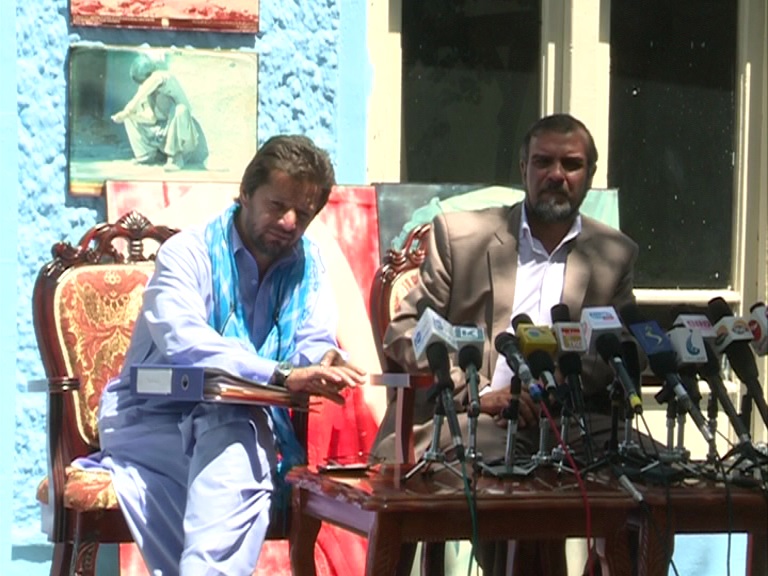
NAI, agency supporting open media in Afghanistan, has expressed deep concerns about the life and job safety of reporters.
NAI officials said Tuesday that the security issues and continued fighting between the forces and militants have jeopardized more the safety of journalists.
These concerns were made after a news reporter working for a local news agency was shot by gunfire. Azizullah Hamdard, the Pajhwok reporter is injured now.
The reporters strongly condemned the attack on Hamdard and voiced fear about increase in the level of violence against journalists.
“The working space for reporters is getting limited. When the reporters leave their homes, they are unsure whether they return home alive,” a reporter said.
The NIA director, Siddiqullah Tawhidi, said regulations had been already drafted for the safety of reporters but they are yet to be approved.

Latest News
Afghanistan holds geopolitical significance for Russia: Kabulov
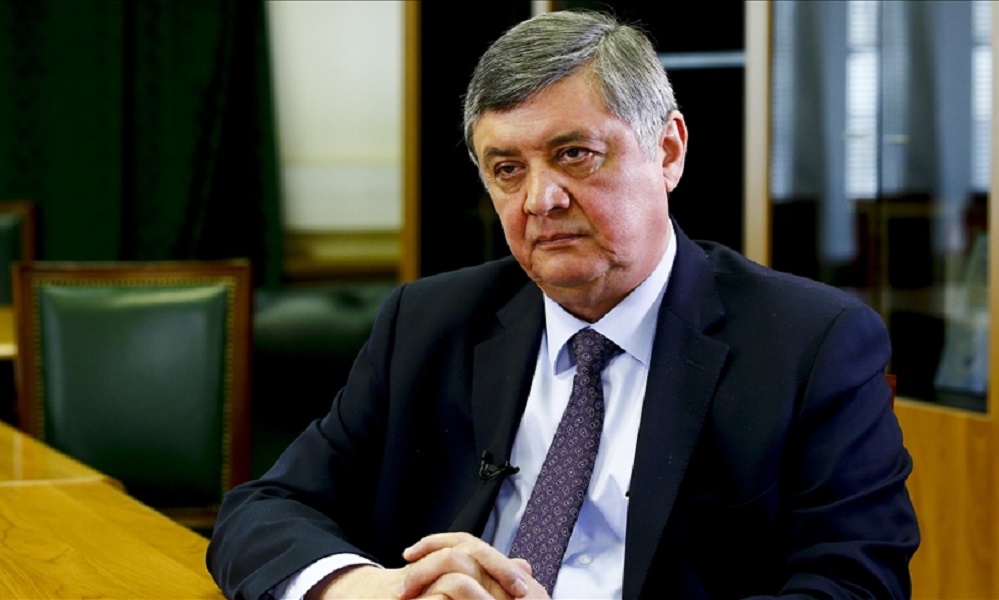
Zamir Kabulov, Russia’s Special Representative for Afghanistan, says while Afghanistan is not a top priority for Russia, it remains important for Moscow’s geopolitical interests.
In his latest interview with Russian media, Kabulov stated that establishing normal relations between Moscow and Kabul is essential for Russia’s interests.
He added that Afghanistan is geographically important to Russia and acts as a kind of transit bridge across Eurasia.
“Afghanistan is geographically very beneficial, serving as a sort of transit bridge connecting the Eurasian space, particularly the northern part of it, including Russia to the southern part of the Asian continent,” he said.
The Russian envoy emphasized that without removing the Islamic Emirate from the list of banned groups, it is impossible to create a legal basis for establishing normal relations with the Emirate not only for official security structures of the Russian Federation, but also for Russia’s economic and private business sectors.
“In order for Russia’s economic, governmental, and non-governmental organizations to sign contracts that are legally valid, official recognition is necessary. Additionally, in order to minimize the flow of terrorism and other threats from Afghanistan toward us and our allies, we need authorities who can maintain stable control over the country,” he added.
Kabulov also addressed IEA, stressing that long-term control of Afghanistan through coercive methods is impossible, and that it is essential to address the socio-economic situation and support the country’s development.
Latest News
Nearly one-third grapple with hunger in Afghanistan: WFP
WFP projects that 3.5 million children will suffer from malnutrition this year, or one child every ten seconds.
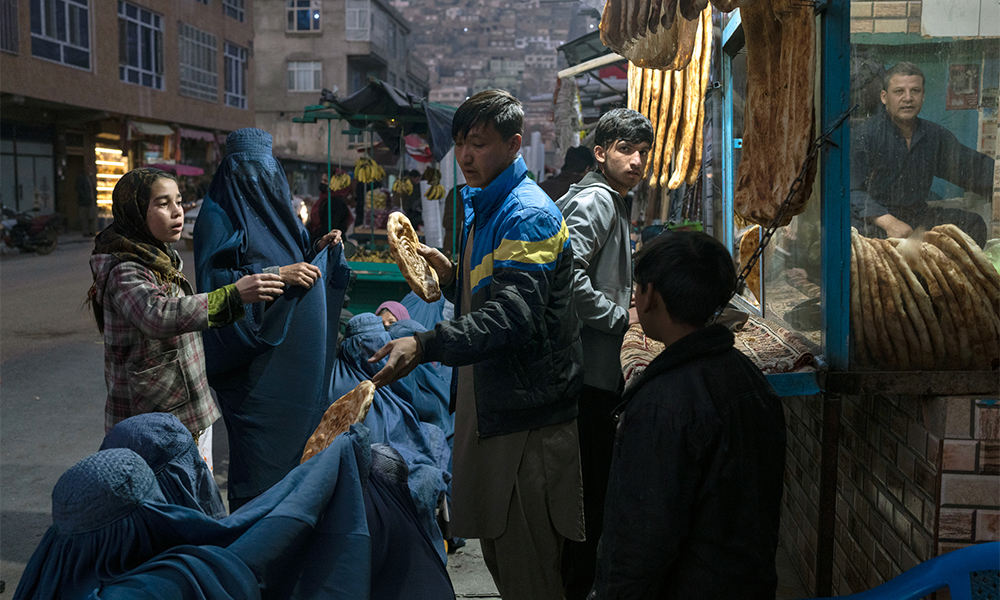
The World Food Programme (WFP) has launched an urgent appeal for $451 million to support vulnerable families across Afghanistan over the next six months.
In a post on X on Wednesday, the UN food agency said that nearly one-third of Afghanistan’s population is facing hunger.
“Afghanistan is not 100 people. It is 46 million people, of which nearly one-third grapple with hunger,” WFP stated. “If Afghanistan were 100 people, 50 would need humanitarian assistance to survive.”
WFP said the needed funds are critical to help the country’s most vulnerable as Afghanistan endures one of the world’s worst humanitarian crises.
The country is experiencing its fourth consecutive year of drought, economic decline, and recurring natural disasters and the ongoing campaign to deport Afghan refugees from Iran and Pakistan has only worsened the already fragile situation.
According to UN agencies, more than 2.4 million people have returned to Afghanistan from neighboring countries since late 2023. Many of them have arrived with little or no resources.
The UN estimates that nearly 23 million people—mostly women and children—will need humanitarian assistance in 2025.
WFP projects that 3.5 million children will suffer from malnutrition this year, or one child every ten seconds.
Despite the growing needs, humanitarian funding continues to fall short.
WFP’s appeal came the same day as that issued by the United Nations Assistance Mission in Afghanistan (UNAMA) which announced that more than $400 million in funding will be required to support the reintegration of Afghan returnees in 2025.
In a statement posted on its official Facebook page on Wednesday, May 7, UNAMA detailed that $64 million is urgently needed for emergency assistance at border crossings, while an additional $350 million is required to support approximately 600,000 returnees and affected communities in rebuilding their lives.
“We call on donors not only to invest in emergency assistance, but also in long-term capacity building to help break the cycle of displacement and instability,” the statement read.
UNAMA’s funding appeal is part of the “Integrated Response Plan” to address the anticipated crisis stemming from the mass return of Afghan migrants from Pakistan in 2025.
Latest News
Drought conditions deepen across Afghanistan amid continued low rainfall and rising temperatures
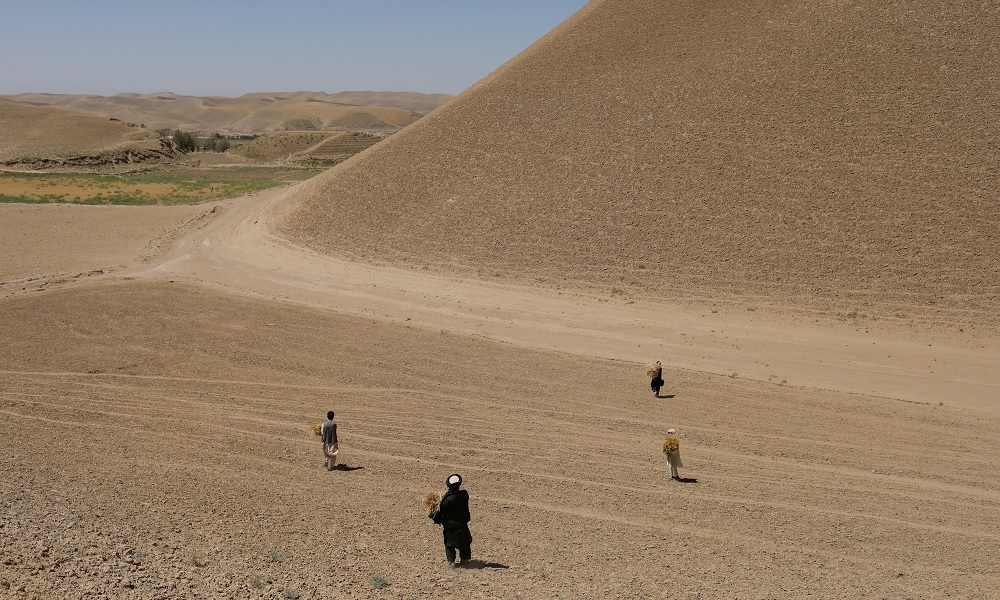
Afghanistan is grappling with intensifying drought conditions as the country continues to record below-average precipitation levels, the United Nations Office for the Coordination of Humanitarian Affairs (UNOCHA) said on Thursday.
Only a few isolated areas are nearing normal rainfall, while nationwide cumulative precipitation remains significantly lower than the seasonal average, UNOCHA said in a report.
The snow water equivalent — a critical measure of snowpack and future water availability — is also trending below average and declining across most of the country’s river basins. This pattern is contributing to an escalating water scarcity crisis.
Surface temperatures have been consistently above average across Afghanistan, excluding some northeastern areas.
Forecasts for the coming months predict continued above-average temperatures combined with below-average precipitation — conditions that are expected to intensify water shortages, reduce crop productivity, and degrade pasturelands vital to livestock.
As of March 2025, the northern provinces of Faryab and Jawzjan are the most severely impacted by drought.
Additional regions facing warning-level conditions include Helmand in the south, Herat in the west, Kunduz in the northeast, and Nangarhar in the east.
-
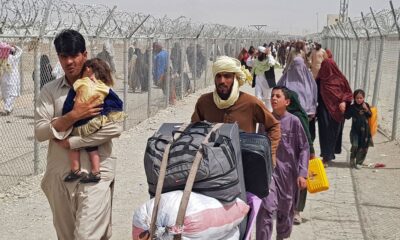
 Latest News3 days ago
Latest News3 days agoOver 250,000 Afghan refugees return home from Pakistan and Iran in April
-

 International Sports3 days ago
International Sports3 days agoHarry Kane claims first career title as Bayern Munich win 34th Bundesliga title
-
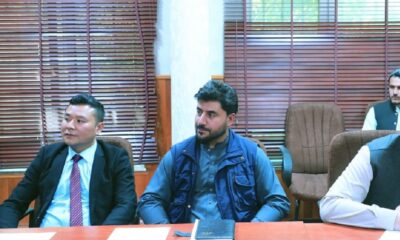
 Business3 days ago
Business3 days agoChinese company keen to invest $50 million in automobile industry in Afghanistan
-

 World4 days ago
World4 days agoUS court halts ruling ordering Voice of America employees back to work
-

 Regional3 days ago
Regional3 days agoIran says it will strike back if US or Israel attack
-

 Sport3 days ago
Sport3 days agoAfghanistan climb to No.7 in ICC ODI rankings
-

 International Sports4 days ago
International Sports4 days agoIPL 2025: Kohli snatches Orange Cap back from Sai Sudharsan
-

 Regional2 days ago
Regional2 days agoIran’s foreign minister urges restraint in India, Pakistan standoff

















